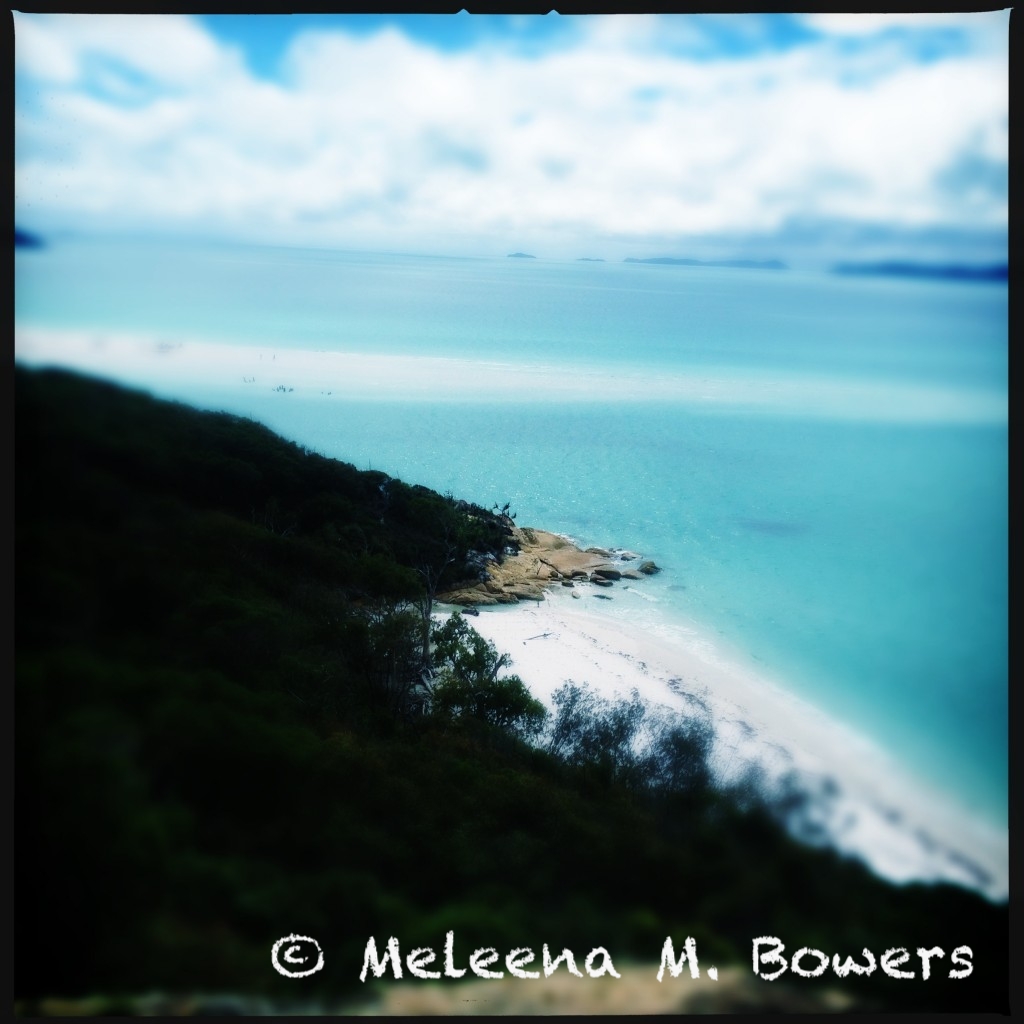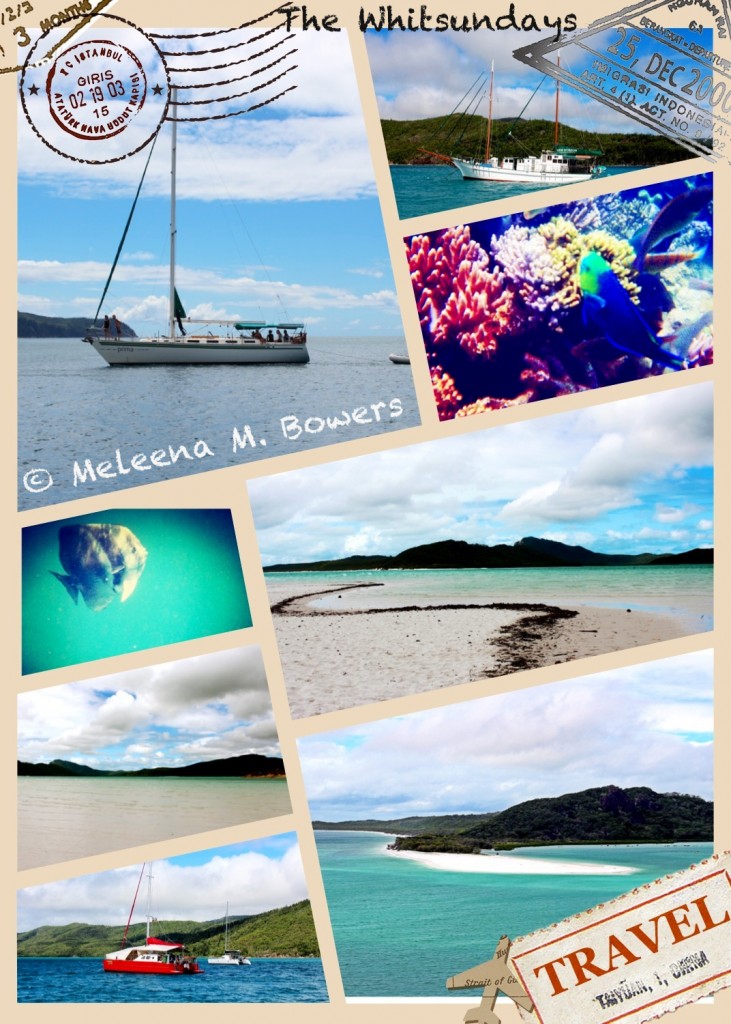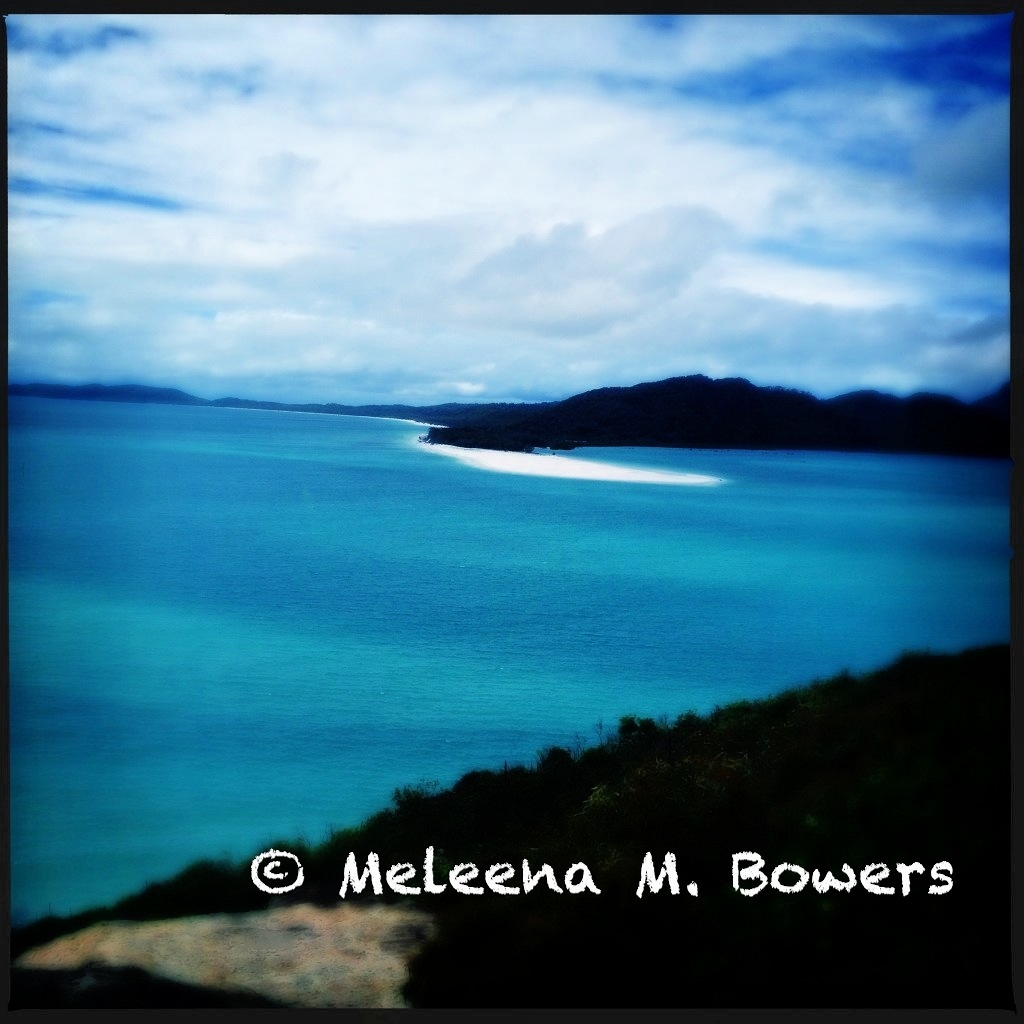Enter the Whitsundays and Leave the World Behind
posted by Worldtravelure | April 23, 2013 | In DestinationMost Americans access the Great Barrier Reef via Cairns (“cans” to the locals) due to the sheer number of dive operators and inexpensive flights to the area. However, if you want to experience the Great Barrier Reef while also enjoying the kind of knock-out beaches that frequently grace magazine covers, follow the Aussies to the Whitsundays where the North American accent is rarely heard.
The Whitsundays are a chain of 74 islands lying off the central coast of Queensland, offering a picturesque gateway to the Great Barrier Reef. Captain James Cook, the first European to chart Australia’s Eastern waters, named the area after the day he mistakenly thought it was, “Whit-Sunday.” Although he actually arrived on Whit-Monday, the day after Pentecost the name stuck and so the Whitsundays were born.
With lush, tropical rainforests, tranquil aquamarine waters, and year-round sun, the Whitsundays have a magical quality. At first glance it may seem as if this aquatic playground has been reserved for the ultra privileged. In fact, Hayman Island, the most exclusive of all eight inhabited islands, prohibits visitors from coming ashore unless they have reserved accommodations on the island. Luckily, all other islands are more egalitarian, making the Whitsundays available to travelers of all budgets.
With sailing, snorkeling, scuba diving, parasailing, jet skiing and water skiing, the Whitsundays are an aquatic playground. Aside from the region’s pristine beaches, the coral reefs are the major draw of the area, not to mention the grand daddy of all reefs, the Great Barrier Reef. The Great Barrier Reef is made up of thousands of individual reef systems. Fringing reefs surround the Whitsunday islands and are known for their vivid colors and diverse array of coral. The best snorkeling is found around Hook, Hayman, Black and Langford islands. In addition to tropical fish, marine life in the fringing reefs includes coral bombies, sea turtles, and stingrays. The outer reef is located further out to sea in deeper water and therefore draws a “bigger crowd,” including the giant Trevally, the colorful Maori Wrasse, Potato Cod, and white tip reef sharks to name just a few sea dwellers.
Cruise Whitsundays provides access to the outer reef via a day trip to Reef World, a platform anchored next to Hardy Reef. The round trip travel time is approximately five hours via a high speed catamaran. Once there, visitors will have four hours to snorkel or dive, visit the underwater observatory, or take a semi-submersible ride. A ten minute scenic flight over famous Heart Reef, the only way to view it, is also available. The area around the Great Barrier’s natural lover’s lane is protected and snorkeling and scuba diving are off-limits in the area around Heart Reef.
To have the most bottom time, die-hard divers may wish to consider a live-aboard. In the Whitsundays, there are only three live-aboard vessels that are licensed to make the journey to the outer reef. The largest vessel is the Anaconda III, which holds 32 passengers, the Emperor Wings has a capacity of 25 passengers, and Kiana, the most intimate of them all is capped at 14 passengers.
Sailing is big business in the Whitsundays and island hopping is a must. Shute Harbour in Airlie Beach is littered with yachts, but they’re not restricted to the Aristotle Onassis of the world. Whether you’re a novice or expert sailor, you can commandeer your own bareboat. Like a good sample sale, no one has to know how you acquired it. If the idea of skippering your own vessel without a crew is unsettling, crews are available for hire.
Additionally, there are several charter companies based in Airlie Beach and Hamilton Island that operate day trips to neighboring islands, including the famed Whitehaven Beach on Whitsunday Island. It is the snapshot of Whitehaven’s translucent waters lapping against its pristine shores that is used on tourism brochures to seduce travelers with images of la dolce vita, Aussie style. As Australia’s most photographed beach, Whitehaven Beach is the Victoria Secret model of all Aussie beaches and it is consistently ranked as one of the world’s top beaches. Whitehaven is a 7 km stretch of 98% pure, silky white silica sand. The sand is so pure that the American government unsuccessfully wanted to mine it in the 1960s for military purposes as the silica can be used for satellite dishes. Whitehaven, like most of the islands, is now part of a national park and mining of any kind is strictly verboten.
Most commercial operators will shuttle passengers to Whitehaven via dinghies embarking at Tongue Point. From there you can take a relaxed hike, appropriate for all fitness levels, to Hill Inlet, which offers a spectacular panoramic view. It is from this vantage point where you can gaze upon a colorful swirl of topaz, emerald, and azul waters formed by shifting tides.
Although there are no accommodations on Whitehaven Beach, official campsites dot the island. Before camping in a park, forest or reserve, you must obtain a camping permit and pay your camping fees. Most camping areas can be booked online. At $5.45 per person, per night, this is the most economical sleeping option you will find. However, be forewarned, you must bring all of your supplies with you. Five litres of water, per person, per day is recommended. There are no natural water sources on any of the Whitsundays islands so bringing enough agua is essential. Once the day trippers have deserted the island, usually by 4 p.m., you will experience reclusive island life, leaving you with a delirious sense of marooned happiness.
Next to camping out under the stars, Airlie Beach offers the most economical accommodation. Airlie Beach, the mainland base of the Whitsundays, boasts a broad array of accommodation from waterfront resort properties such as the Coral Sea Resort and Martinique Whitsunday Resort to backpacker friendly hostels like the Base Airlie Beach Resort.
Hamilton Island, the most developed and populated island in the Whitsundays, offers more up market accommodations. Transportation around the island is by golf cart. With a year round population, it has its own airport, post office, and bank. There are several restaurants to choose from as well, liberating visitors from resort only dining that plagues most island paradise stays. Water sports, golfing, bush walks, beautiful beaches, and a koala park keep visitors entertained. For those looking for a physical challenge, hiking Passage Peak, the highest point on the island, is a must. If the hike doesn’t kill you, the view may very well.
For a unique, albeit pricey experience, book the “reef sleep option” to stay overnight on the Reef World Platform. Book well in advance as the Reef Sleep offers only two rooms. Overnight guests will have exclusive use of the pontoon and its underwater viewing chamber. Once the hoard of day trippers have departed, the staff with serve sun downers and guests will have a chance to snorkel at sunset before having an alfresco vino-infused dinner. The next morning, guests will also have breakfast and another chance to snorkel or dive before departing the reef.
What are you waiting for? Grab your compass and chart your course for the Whitsundays. You’ll find it on any nautical chart. It’s located where the world ends and paradise begins.








Leave a Reply